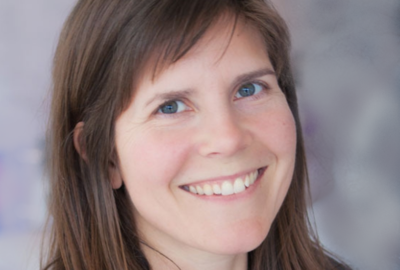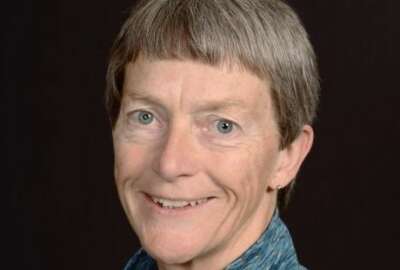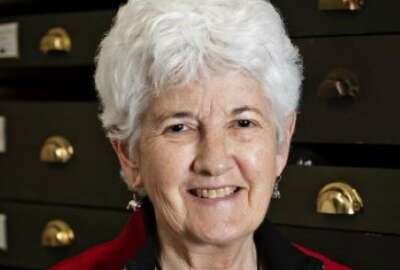
Public research a path for women in STEM
The National Academies' annual awards underscore women's contributions to research science, including three female feds.
It’s become a cliche question: How come more women don’t enter the science, engineering and technology fields? I don’t know either. But when they do, they do all right.
The late Navy Rear Admiral Grace Hopper — who programmed computers before 99 percent of people knew that computer programming even existed — tried to spread the magic of science and engineering. She would give out pieces of string exactly one nanosecond long. That is, the distance light travels in a billionth of a second. For recipients, it was a strangely inspiring little item.
Women haven’t been absent from so-called STEM over the decades, just not there in equal numbers to men. My dad was an industrial scientist and I can recall several of the female colleagues he would mention to the family, going back to the 1950s.
In fact, just on a hunch I searched for one who had a distinctive name. I found she’d received three patents.
Related Stories
When I saw the list of award winners from the National Academy of Sciences, I searched out three federal or federally-related ones. Each pursues a different branch of science.
Sometimes science runs in the family. For Lisa Ainsworth of the Agricultural Research Service, her interest in science started with her dad. He’s a Midwest corn farmer — with a PhD in genetics. Ainsworth recalled he not only grew the stuff, he invented new corns. Today, Ainsworth and colleagues at the University of Illinois mentor girls interested in science. They operate a week-long camp called called Pollen Power.
Michelle Thomsen of the Planetary Science Institute and earlier of Los Alamos National Laboratory, followed her nose into physics. She decided the physics lab smelled better than the chemical. Thomsen said no one ever told her she couldn’t do science as a girl. “So I did,” she added.
Ainsworth studies plant behavior in soil. Thomson studies the physics of planetary magnetoshperes using satellites as remote eyes. Maybe the lure of science lies in the majesty of its breadth.
Smithsonian paleontologist Anna “Kay” Behrensmeyer also dated her interest in science to a Midwest upbringing. Her mother and aunts would hand her rocks containing fossils to study. Now she’s an expert in, among other things, the origin of humans.
Behrensmeyer has taken a light-touch approach to stereotypical images of male paleontologists. She’s part of the Bearded Lady project in which women don absurd beards to dispel that stereotype. (She’s in the middle of the page wearing a huge white mustache.)
The women in my series have been working in science for many years.
Millennials are also taking on STEM. An upcoming interview will feature Rachel Olney, founder of a venture-backed company called GeoSite. She has a lot to say about why it’s so hard for startups and even established “Silicon Valley” types to get their innovations into the Defense Department. Her current company is her second tech startup.
She’s also pursuing a PhD at Stanford at only 26 years old.
Copyright © 2025 Federal News Network. All rights reserved. This website is not intended for users located within the European Economic Area.
Tom Temin is host of the Federal Drive and has been providing insight on federal technology and management issues for more than 30 years.
Follow @tteminWFED






